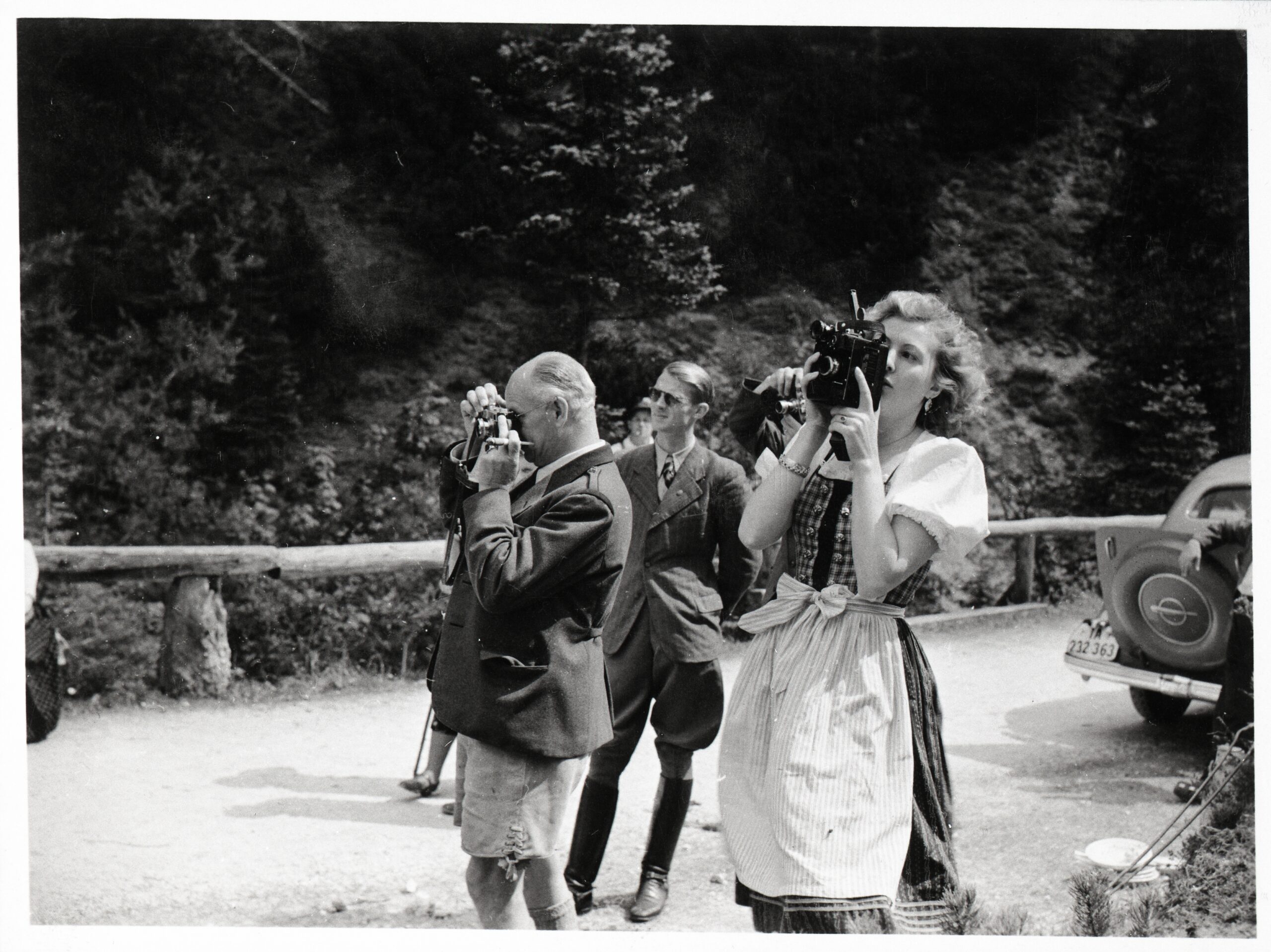The Tragic Mystery of the 1518 Dancing Plague
The dancing plague of 1518 was a strange and unusual phenomenon that took place in the city of Strasbourg, France, over five centuries ago. It remains one of the most intriguing events in the history of Europe, and despite numerous attempts to explain it, its cause remains unknown to this day. The dancing mania, as it was known, lasted for several months and involved hundreds of people, both young and old, who danced uncontrollably and relentlessly, sometimes for days at a time. In this article, we will take a closer look at the dancing plague of 1518 and explore the various theories that have been proposed to explain it.

What was the dancing plague of 1518?
The dancing plague of 1518 began in July of that year when a woman named Mrs. Troffea stepped into the street and began to dance. Within a week, dozens of people had joined her, and by the end of the month, hundreds of people were dancing in the streets, unable to stop even when they were exhausted. The dancing lasted for several months and was observed by contemporary accounts to be an uncontrollable and frenzied dance, often accompanied by hallucinations and fainting. The dancing mania spread quickly and reached its peak in August, when hundreds of people were seen dancing in the streets, sometimes for days at a time, until they collapsed from exhaustion.
Theories to explain the dancing plague:
Over the centuries, numerous theories have been proposed to explain the dancing plague of 1518. Some of the most popular theories include:
- Mass Hysteria:
One of the most widely accepted explanations for the dancing mania is that it was a result of mass hysteria. This theory suggests that the dancing was a form of collective madness that was triggered by the stress and anxiety of the times. In the 16th century, Europe was undergoing significant social and economic changes, and many people were suffering from poverty and disease. It is thought that the dancing mania may have been a way for people to release their stress and anxiety, in the form of an uncontrolled dance.
- Influence of a toxic fungus:
Another theory suggests that the dancing mania was caused by the influence of a toxic fungus that grew on rye bread, known as ergot. Ergot is a naturally occurring fungus that can cause hallucinations and other symptoms similar to those observed during the dancing mania. The people who participated in the dancing mania may have consumed bread contaminated with ergot, which caused them to dance uncontrollably.
- A religious expression:
Some historians have suggested that the dancing mania was a form of religious expression and that the participants were dancing in a trance-like state as a form of spiritual worship. This theory is based on the fact that many of the people who participated in the dancing mania were religious and that the dancing took place in public spaces, where religious events were often held.
- A reaction to extreme stress and anxiety:
Finally, it has been suggested that the dancing mania was a reaction to the extreme stress and anxiety that was prevalent in Europe at the time. The 16th century was a time of great change, and many people were suffering from poverty, disease, and war. It is possible that the dancing mania was a way for people to release their stress and anxiety, in the form of an uncontrolled dance.
Conclusion!!
The dancing plague of 1518 remains one of the most intriguing and mysterious events in the history of Europe. Despite numerous attempts to explain it, its cause remains unknown to this day. However, the theories that have been proposed offer valuable insights into the cultural, social, and psychological factors that may have contributed to the dancing mania. Whether it was the result of mass hysteria, the influence of a toxic fungus, a religious expression, or a reaction to extreme stress and anxiety, the dancing plague of 1518 serves as a reminder of the complex and unpredictable nature of human behavior.

In conclusion, the dancing plague of 1518 is a fascinating event in history that continues to captivate people’s imaginations. While its exact cause remains a mystery, it serves as a testament to the power of social and cultural influences on human behavior and the resilience of the human spirit in the face of extreme adversity. Whether it will ever be fully understood remains to be seen, but the dancing mania of 1518 will always be remembered as a strange and unusual event that has left a lasting impact on history.

